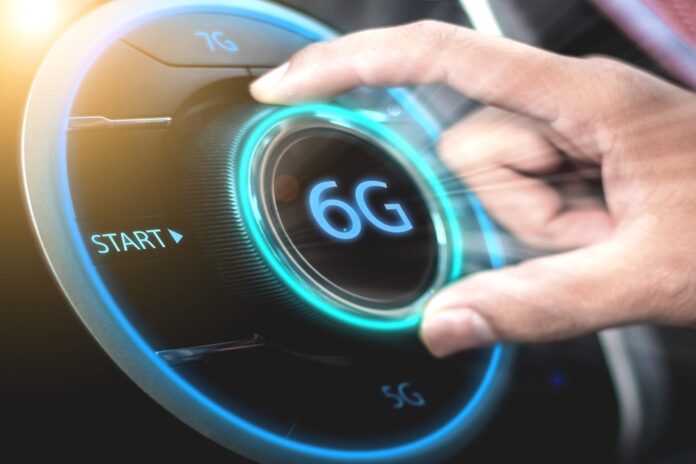The team hopes to pave the way for future 3GPP specs
ETSI’s Industry Specification Group on Terahertz (ISG THz) has held its kick-off meeting and chosen work priorities to explore this candidate technology for 6G.
The team decided initially to focus on two kinds of use cases. The first will include mobile applications with high data-rate requirements, such as virtual and augmented reality, applications for in-flight and in-train entertainment, and vehicular and satellite communications.
The second includes applications requiring communication and sensing functionalities, such as holographic telepresence, and interactive and cooperative robotics.
ISG THz comprises 31 participating companies so far and aims to define target scenarios and frequency bands of interest for THz communications. In particular, the group is keen to analyse specific radio propagation aspects for THz communications, such as:
• molecular absorption;
• effect of micro-mobility;
• specific considerations for scattering, reflections and diffractions; and
• considerations for near-field propagation.
To start with, the group will analyse data from published research efforts’ measurement campaign which they will complement. They will complement this work and fill gaps in knowledge by measuring channels for selected scenarios and frequency bands.
This will enable them to develop channel models and establish a baseline for THz technology. They will include assumptions about antennas and simulations, and deployment strategies.
Several European and international R&D initiatives promoting 6G expect THz communications to be included in the next generation of cellular networks. The ETSI group will therefore support 3GPP’s future standardisation work.
THz communication is similar to and share challenges with millimetre wave technology. For example, reconfigurable intelligent surfaces (RIS) are seen as an enabler for THz communications because need full or partial line-of-sight to make use of one reflection or scattering process.



